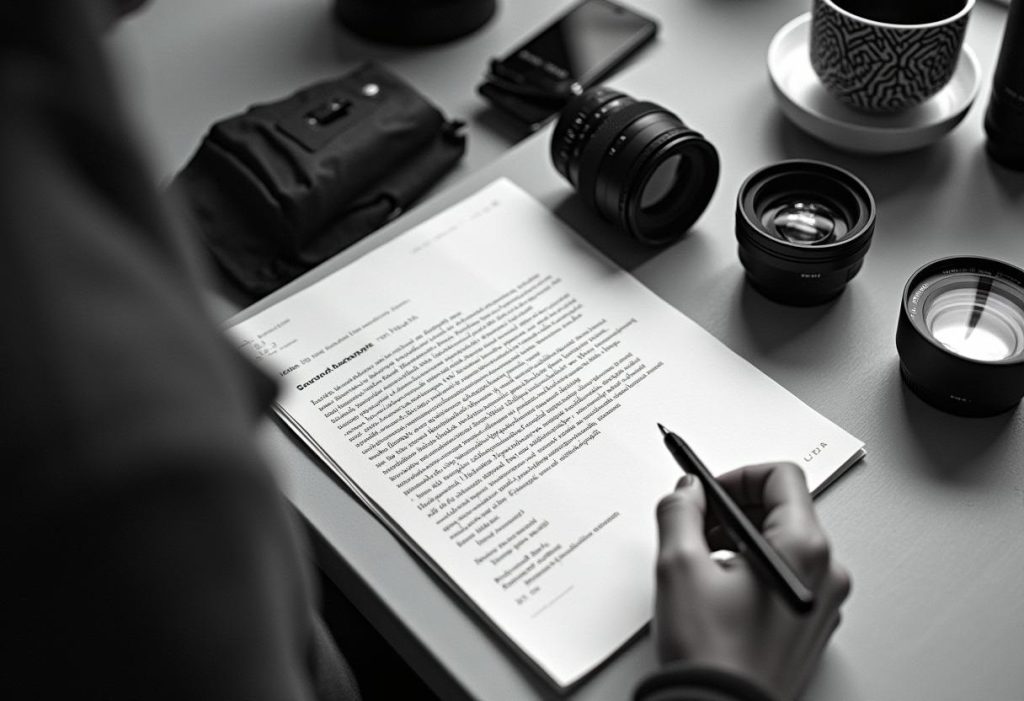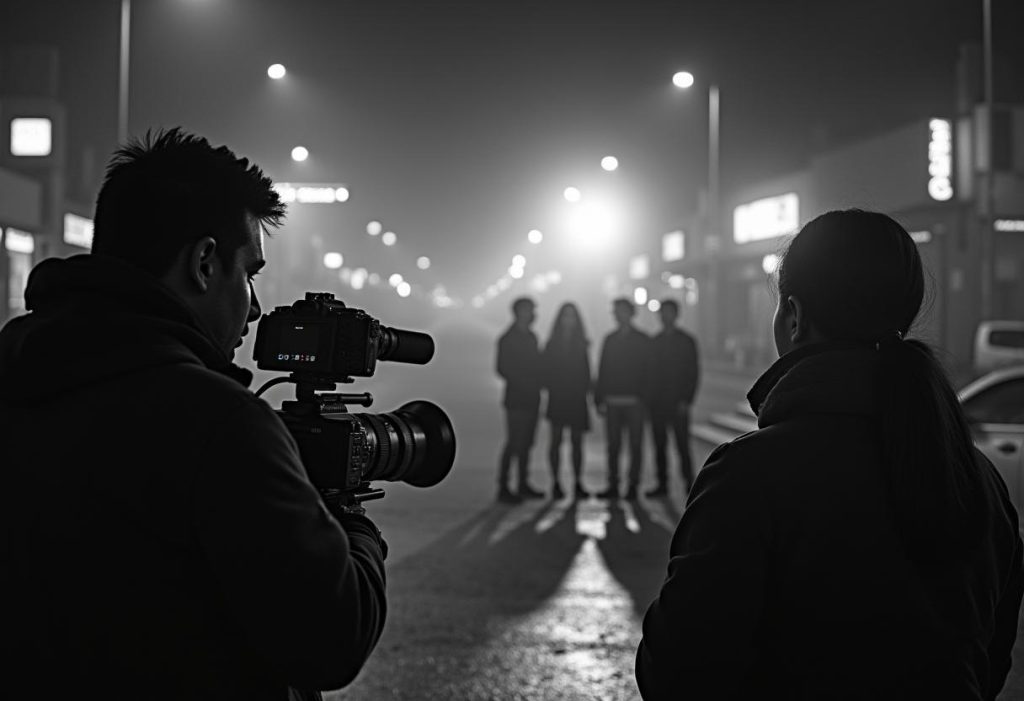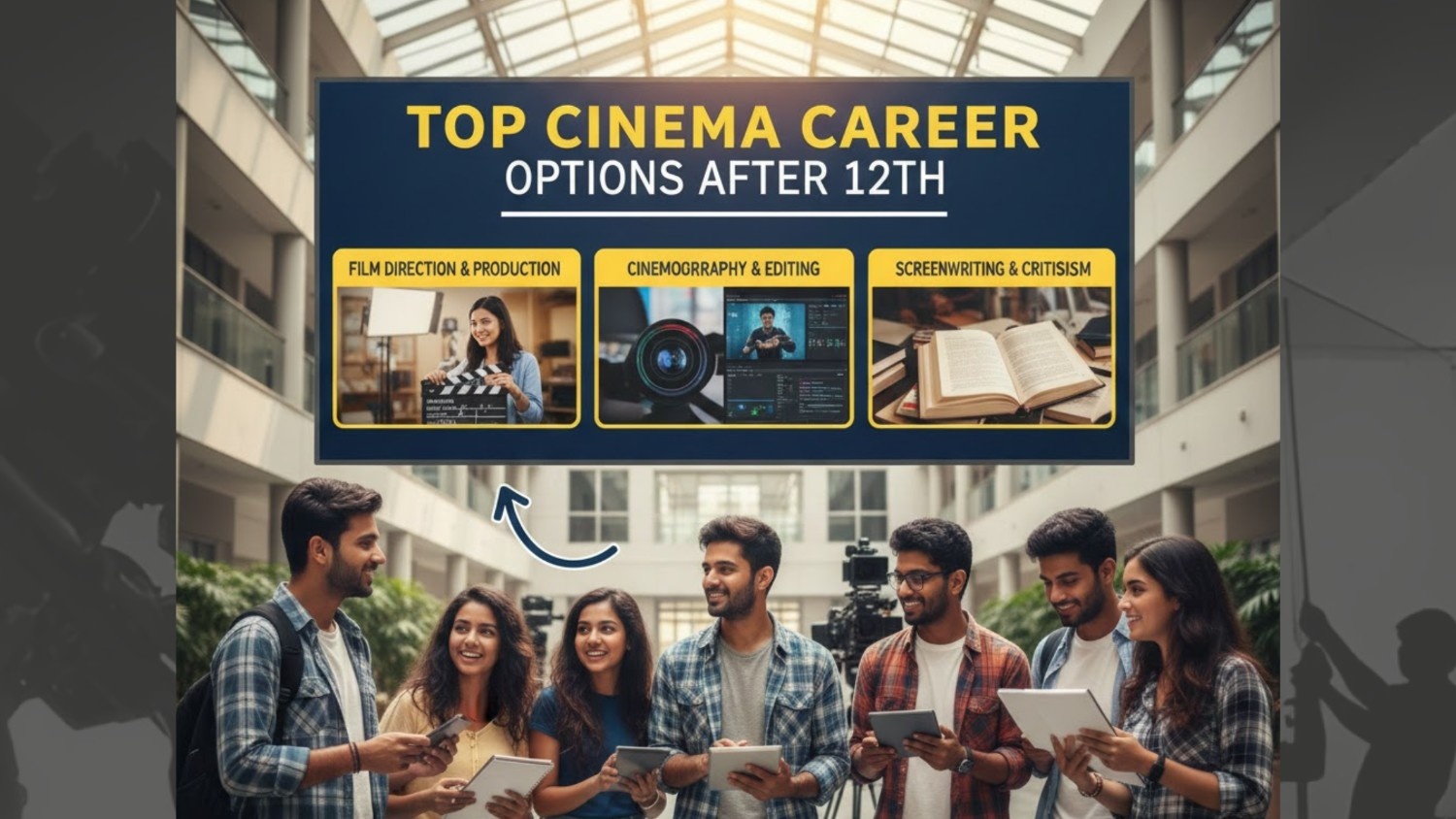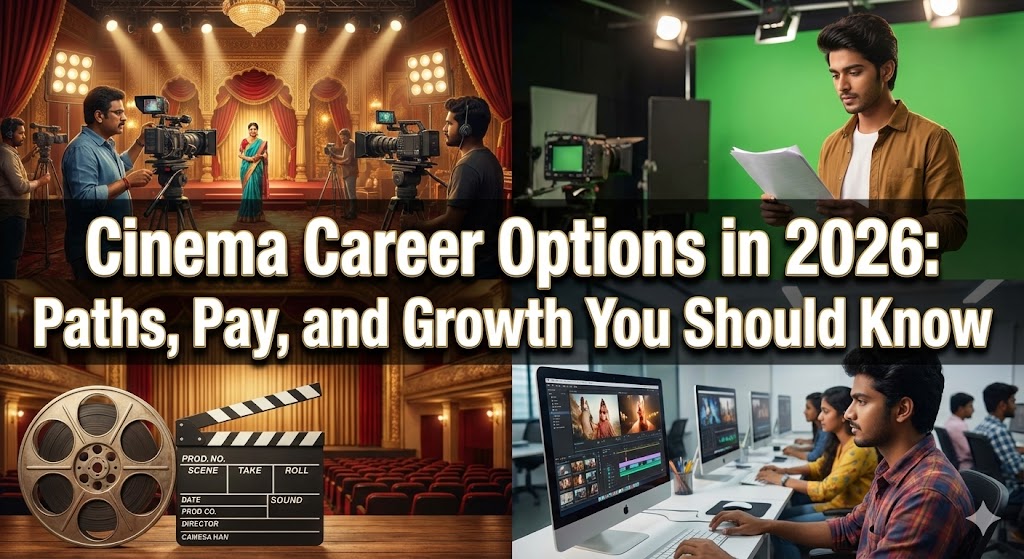Cinematography vs. Film Direction: Key Differences & Similarities
The film industry thrives on collaboration, with countless individuals contributing to the final product we see on screen. Two of the most important roles in filmmaking are cinematography and direction. These roles are often praised for the visual and creative successes of a film, but they are distinct in their responsibilities. Understanding the differences and similarities between these two roles is key to appreciating how films are made. In this blog, we’ll break down the key differences and overlaps between cinematography and film direction, providing real-world examples to illustrate these roles in action.
What is Cinematography?
Cinematography refers to the art of visual storytelling in filmmaking. A cinematographer, also known as the Director of Photography (DP), is responsible for creating the visual language of a film. They work closely with the director to translate the film’s story into visuals using tools like lighting, framing, camera angles, and movement.
The key responsibilities of a cinematographer include:
- Lighting: Controlling light and shadow to create mood, tone, and atmosphere.
- Framing: Choosing how subjects are positioned within the shot for visual impact.
- Camera Movement: Determining when and how the camera moves to capture the right emotion or energy.
- Composition: Arranging the visual elements within a shot to direct the audience’s attention effectively.
Read Also: The Impact of Technology on Education in Classrooms
A famous example of groundbreaking cinematography can be found in Roger Deakins’ work on 1917. The film uses long, continuous shots that make the entire film appear to be one unbroken take. The technical challenge of this was immense, with Deakins using clever camera movements, lighting tricks, and choreography to achieve the seamless flow. While director Sam Mendes envisioned the technique, it was Deakins who executed it to perfection.
What is Film Direction?
Do you want free career counseling?
Ignite Your Ambitions- Seize the Opportunity for a Free Career Counseling Session.
- 30+ Years in Education
- 250+ Faculties
- 30K+ Alumni Network
- 10th in World Ranking
- 1000+ Celebrity
- 120+ Countries Students Enrolled
A film director is the creative visionary behind the entire film. They oversee all aspects of the production, guiding the story, performances, and overall style of the film. While a director collaborates with various departments (including cinematography), they are responsible for ensuring that every aspect of the film serves the story and emotional tone.

The key responsibilities of a director include:
- Overseeing the creative process: Directing the film’s visual, narrative, and emotional arcs.
- Directing actors: Helping actors understand their characters and guiding them to give performances that serve the story.
- Collaborating with the production team: Ensuring the film’s logistics and creative vision align by working with cinematographers, production designers, editors, and others.
- Shaping the film’s tone: Determining the film’s pacing, mood, and atmosphere, from scene to scene.
Read Also: Silent Acting: How to Convey Emotions Without Dialogue
A great example is Steven Spielberg directing Jaws (1975). The famous “zoom in” shot, where Chief Brody reacts to the shark attack on the beach, is a dolly zoom—a technique where the camera moves closer to the subject while zooming out, creating a disorienting effect. Spielberg envisioned this shot to heighten Brody’s moment of panic and terror, but it was the cinematographer Bill Butler who physically executed it. Spielberg’s direction set the emotional tone, while Butler’s cinematographic skill delivered the visual effect.
Book Now →
Key Differences Between Cinematography and Film Direction
While cinematography and direction work closely together, their roles differ in several critical areas:
1. Creative Focus: The cinematographer focuses solely on the visual storytelling—how the film looks—while the director is responsible for the overall narrative, performances, and emotional tone.
For example, in Inception (2010), Wally Pfister, the cinematographer, handled the complex visual effects and framing, while director Christopher Nolan shaped the intricate narrative and mind-bending plot.
Read Also: How to Finance Your Cinema Education: Tips and Resources
2. Collaboration with Other Departments: A cinematographer collaborates mainly with the lighting and camera teams, while the director oversees every department.
In Birdman (2014), Emmanuel Lubezki, the cinematographer, worked on creating the illusion of a single continuous shot, while Alejandro González Iñárritu, the director, coordinated the actors and storyline to make sure the flow felt natural.
3. Responsibility for Final Vision: The cinematographer is responsible for how the film looks, but the director has the final say on every aspect, from script to editing. For example, in The Revenant (2015), Lubezki’s natural lighting techniques were essential to the film’s raw and immersive visuals, but it was director Iñárritu who shaped the story’s brutal, survival-driven tone.
4. Skill Set and Expertise: Cinematographers need a deep technical knowledge of cameras, lenses, lighting, and composition. Directors, meanwhile, must be adept in leadership, storytelling, and performance. Stanley Kubrick, for example, was known for being heavily involved in his films’ visual style and even operated the camera himself in certain scenes, effectively blurring the lines between director and cinematographer in films like A Clockwork Orange and 2001: A Space Odyssey.
Key Similarities Between Cinematography and Film Direction
Read Also: Exploring the Crucial Components of Filmmaking: Cinematography and Editing
Despite these differences, cinematography and direction share a few key similarities:
- Collaborative Nature: Both roles require collaboration to achieve the desired result. In The Godfather (1972), Francis Ford Coppola worked closely with cinematographer Gordon Willis to create the film’s iconic dark, shadow-filled aesthetic, representing the moral complexity of the Corleone family.
- Visual and Narrative Contribution: Both roles contribute to storytelling—cinematographers through the visuals and directors through the narrative. In Mad Max: Fury Road (2015), director George Miller and cinematographer John Seale worked in harmony to deliver the chaotic, high-octane action scenes that were both visually stunning and narratively engaging.
- Shared Goal: Both aim to craft a film that resonates with the audience emotionally. In La La Land (2016), Damien Chazelle’s direction shaped the film’s whimsical tone and narrative, while cinematographer Linus Sandgren used bold, saturated colors and fluid camera movements to support the film’s dream-like atmosphere.
- Influence on Aesthetic: The look and feel of a film are influenced by both roles. In Blade Runner 2049 (2017), Denis Villeneuve’s direction emphasized the film’s dystopian themes, while Roger Deakins’ cinematography delivered breathtaking visuals that enhanced the film’s haunting mood.
How Cinematography and Film Direction Complement Each Other
The relationship between a director and cinematographer is symbiotic. They must communicate effectively to ensure the visual style aligns with the story’s needs. Director-cinematographer duos like Quentin Tarantino and Robert Richardson (Inglourious Basterds), and Wes Anderson and Robert Yeoman (The Grand Budapest Hotel), are prime examples of how closely these roles work together to craft visually stunning and narratively compelling films.
Read Also: How to Become a Screenwriter: Tips, Tools, and Techniques for Success
The Impact of Technology on Both Roles
Advancements in technology have revolutionized both cinematography and direction. Modern cameras, drones, and CGI enable cinematographers to capture shots that were once impossible. For example, the long takes in 1917 (2019) were made feasible by cutting-edge camera technology that allowed for smoother movements and transitions.
Similarly, directors are now able to experiment with storytelling in ways never before imagined, thanks to digital filmmaking and virtual production techniques, as seen in shows like The Mandalorian, where Jon Favreau used digital backdrops powered by real-time rendering.
Conclusion
Cinematography and film direction are both vital to the filmmaking process. Cinematographers focus on crafting the visual language, while directors oversee the entire creative journey. Despite their distinct responsibilities, both roles must work in harmony to create a film that resonates with the audience. Whether you’re captivated by the technical mastery of a cinematographer or the storytelling prowess of a director, appreciating both roles will deepen your understanding of the art of filmmaking.

AAFT has been providing the world with limitless creativity and expression since 1993! Through a dynamic and industry-driven curriculum, AAFT provides engaging and captivating articles to persuasive blogs and empowers its readers to explore diverse avenues of creative media education-related content.






